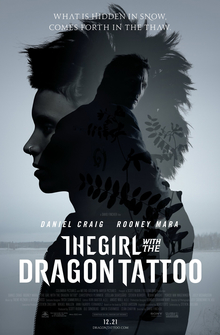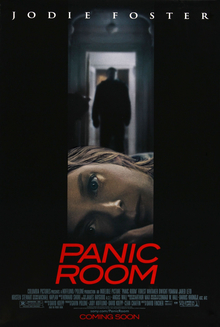The Devil Inside poster
The Devil Inside is a thriller that is based on a woman who becomes involved in a series of unauthorized exorcisms during her mission to discover what happened to her mother, who allegedly murdered three people during her own exorcism. Whilst seeing the woman trying to find out what has happened to her mother it then is shown to get out of control where we then see several people result in dieing due to this traumatic situation
This film i was attracted to instantly as well as the poster shown above, the film was interesting as it was different from several other thrillers which was interesting. Even though we see that the storyline was different to other thrillers and horror movies we see that the shots and other conventions were similar. The poster also caught my attention through the use of colours used, the colours were dark and in some ways interesting. The colours such as dark reds, whites and blacks all give the negative connotations of death, war and danger. The image on the poster is shown to take up most of the poster (ECU) again showing the main focus and detail upon the characters face, this also suggests that the person on the front will also be seen in the film who will be focused on most of the time. Looking at the main image we also see there are lines upon the characters face which seem to look like scars this could give us the connotation of the character being scared of something she doesn't want to become in which this case is the devil. The text is shown to be plain and white to stand out from the dark background. The text also gives us the connotation that people in the film could be confused and lost about there were about as the word inside is spelt backwards.















































